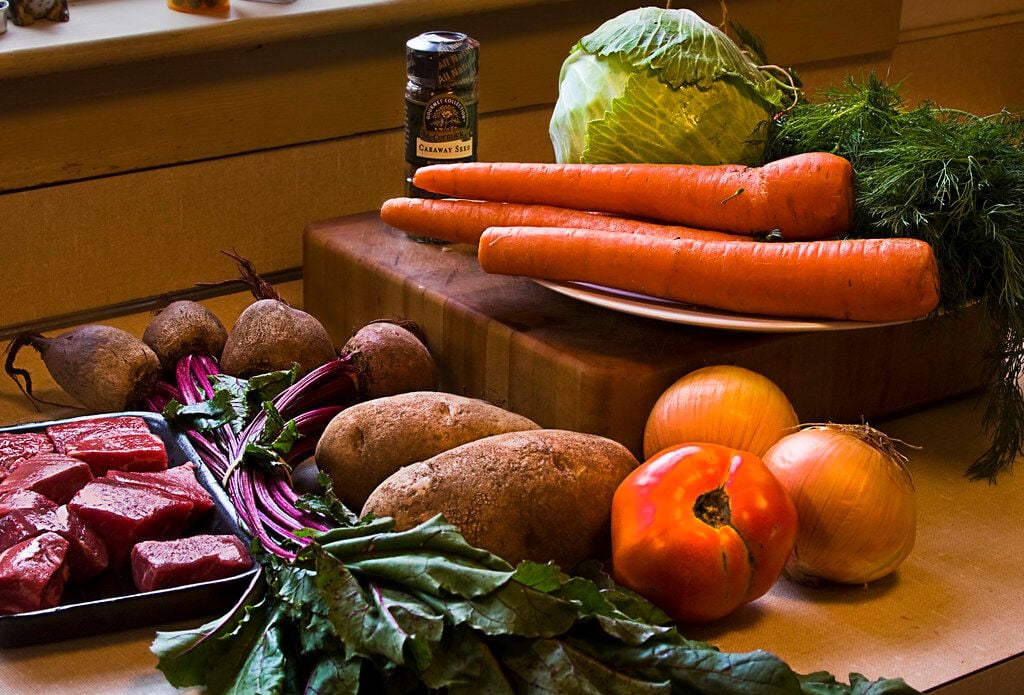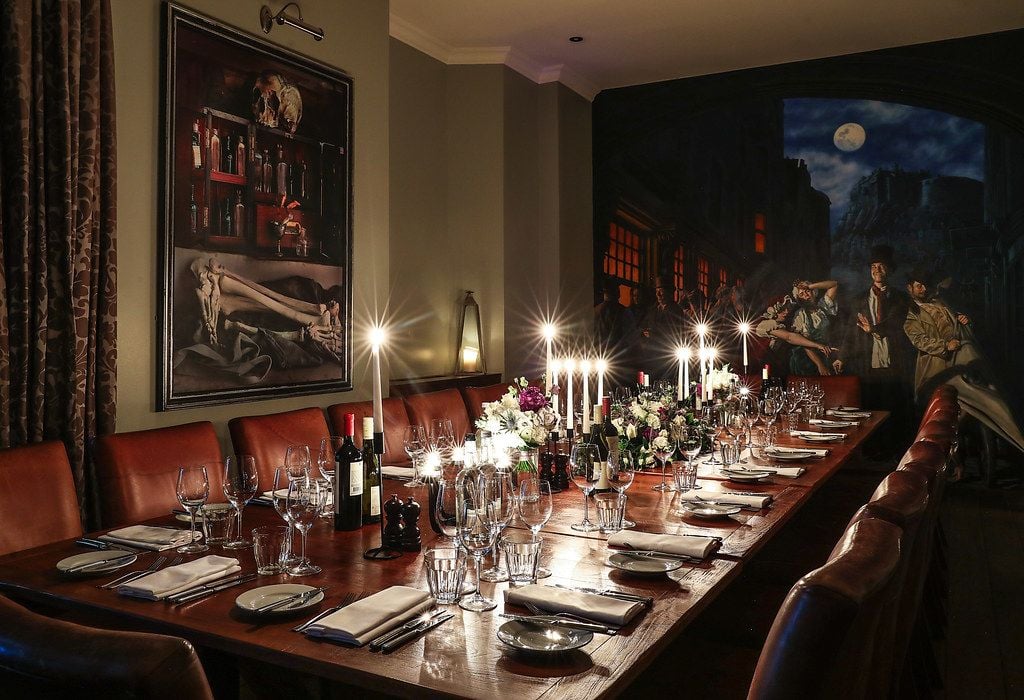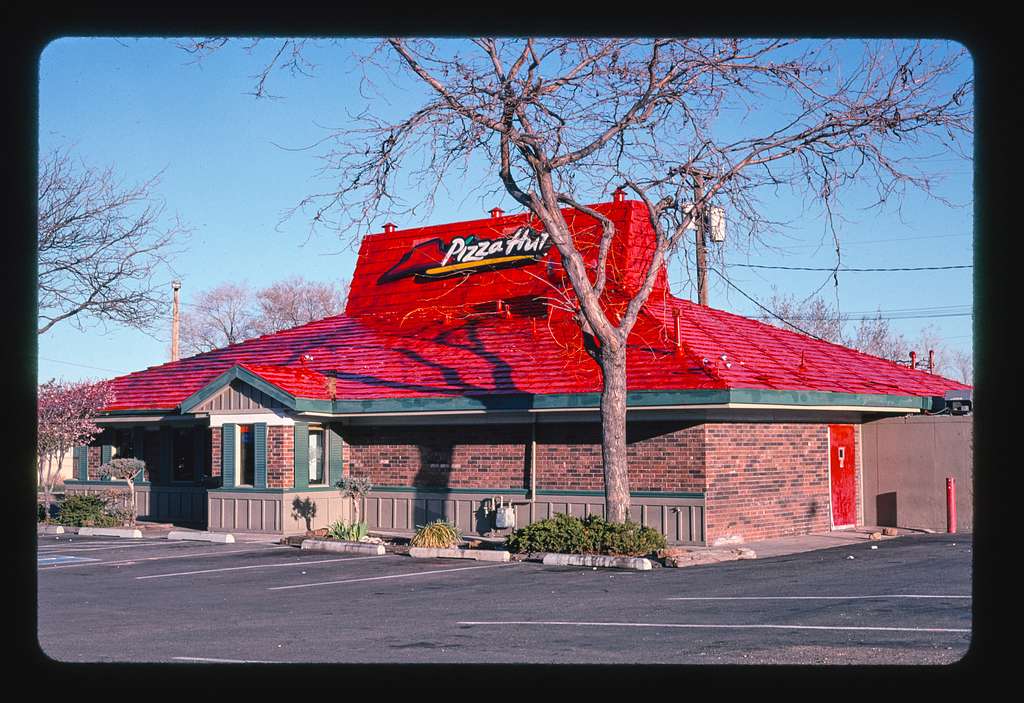
Craft Beer's Love Affair with Aluminum Cans
- Apr 30, 2024
Traditionally, beer has been around for several millenniums but it wasn't until 1935 that we first saw it in a can. The trailblazer was the Gottfried Krueger Brewery in Newark, New Jersey. Despite the age-old use of kegs, barrels, bottles, and transport containers, this innovative packaging gave beer a completely new outlook for the consumers.
Prior to the cam revolution, beer was almost synonymous with glass bottles, especially post-Prohibition in the US. Beer bottles came in different colors and shapes, while cans were entirely uniform – a 12-ounce aluminum container. Initially, the general consensus among beer drinkers was that cans were subpar compared to glass.
However, the perception shifted drastically with the proliferation of small-scale craft breweries, and particularly with the success of Colorado-based Oskar Blues Brewery which in the early 2000s opted exclusively for canned packaging. Legacy beer brands saw breweries completely abandoning bottles and embracing cans, thereby changing the narrative of beer packaging.
A number of arguments support such a shift. First, avoiding off-flavors. Commonly referred to as “lightstruck,” beer tends to acquire a pungent skunk-like aroma when exposed to the sun's UV rays. This reaction predominantly occurs in bottled beer, as light interacts with the hop's alpha acid compounds. While brown glass bottles provide some protection, green and clear ones do not. In contrast, cans eliminate the possibility of beer getting 'skunked' due to their light-blocking abilities.
The second reason involves preventing the oxidation of beer. Oxygen interacts with beer, often permeating through the cap seal, and imparts an unpleasant odor, similar to wet cardboard. This potential risk is avoided with cans if properly sealed.
Another significant benefit is their environmental footprint. Empty cans are not only lighter than bottles, leading to lower emissions during transport, but they are also more likely to be recycled.
In recent years, new trends have emerged with a variety of can sizes. The traditional 12-ounce cans are largely seen in six packs, but 16-ounce cans are equally common in four packs. The 19.2-ounce cans have gained popularity at major events and sports stadiums, while four- and eight-ounce stubbies are favored for high-alcohol beers.
Breweries have even leveraged the design advantages. From creative label art and colored tabs to bottle-like cans with screw tops, the presentation of the cans has become an important marketing tool, enhancing product visibility on social media.
Moreover, canned beer is easy to carry around without any risks of broken glass, making them perfect for pools, beach parties, trekking, and camping. With all the perks, it's no wonder that the once overlooked aluminum can has become a staple in the beer industry today.






